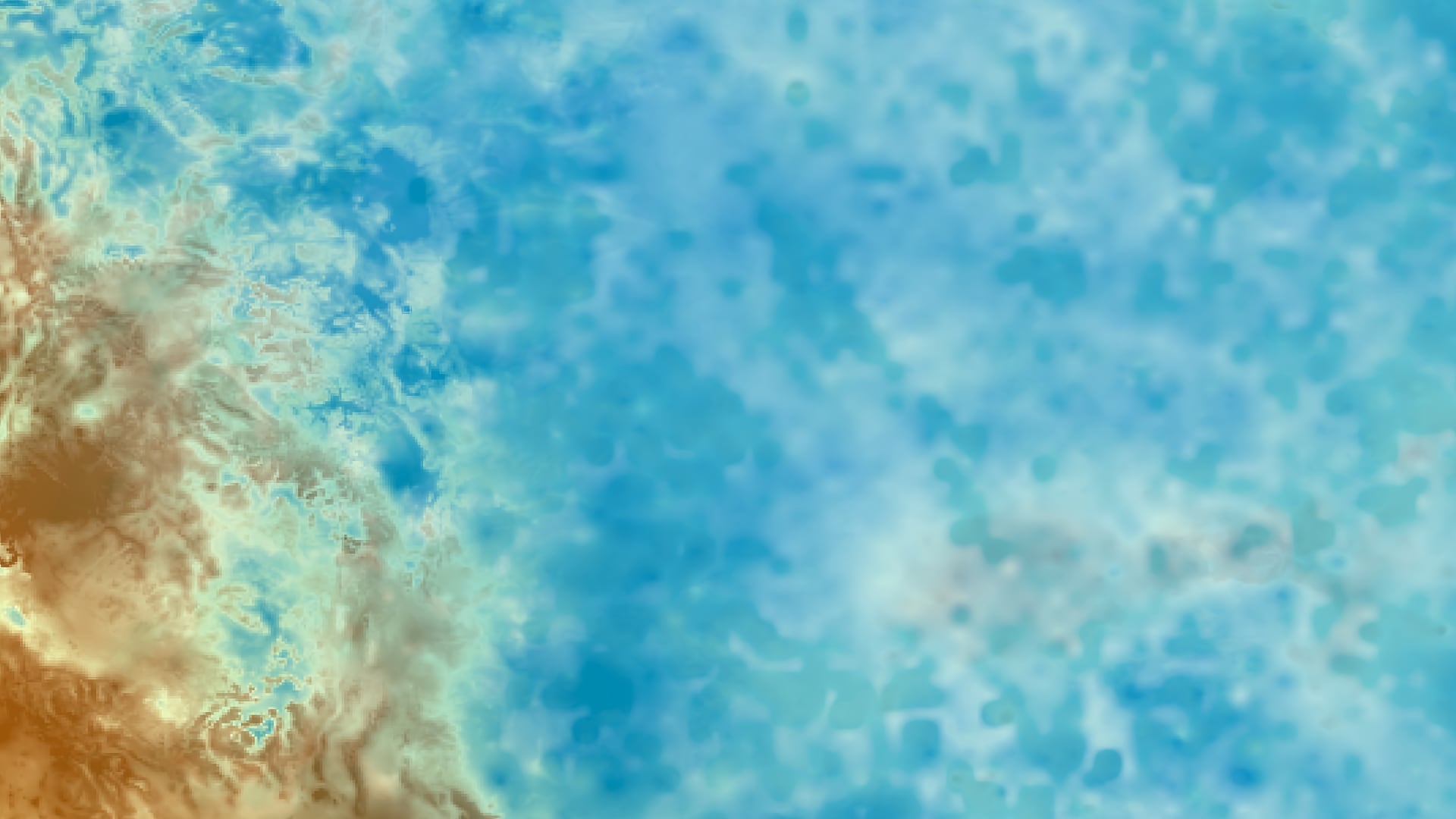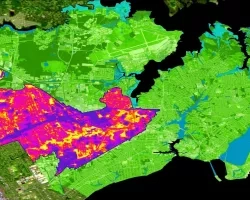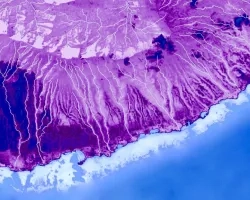
The National Park Service (NPS) currently utilizes an interagency network of in situ aerosol monitoring stations to estimate light extinction and determine visibility across the public lands that it manages. With these well-defined particle masses and concentrations, the NPS makes estimates of visibility; however, their process is limited in scope because of the small number of monitoring stations and the fact that they only record measurements once every three days. This project focused on defining the empirical relationship between light extinction, calculated from these ground measurements, and satellite derived aerosol optical depth (AOD). The project team tested the feasibility of calculating visibility from Suomi National Polar-orbiting Partnership (NPP)’s Visible Infrared Imaging Radiometer Suite (VIIRS) and Aqua and Terra’s Moderate Resolution Imaging Spectroradiometer (MODIS) AOD data from 2013 to 2017. Using various regression methodologies, which also incorporated meteorological and atmospheric parameters, the team found that the MODIS data product correlates with ground truth data, giving R 2 values between 0.06009 and 0.3351. After applying the same methods to the VIIRS data product, R 2 values ranged between 0.0004629 and 0.04104. The discrepancy between the two products suggests that the VIIRS product is not suitable for this particular application; however, the underlying reason for this it not fully understood. The team applied these methods to seven NPS locations across the western United States and noted significant variability park-to-park, even when using the same data product, which is likely the result of local physiographic and meteorological factors. These findings will help the NPS expand their efforts to monitor visibility more broadly.



